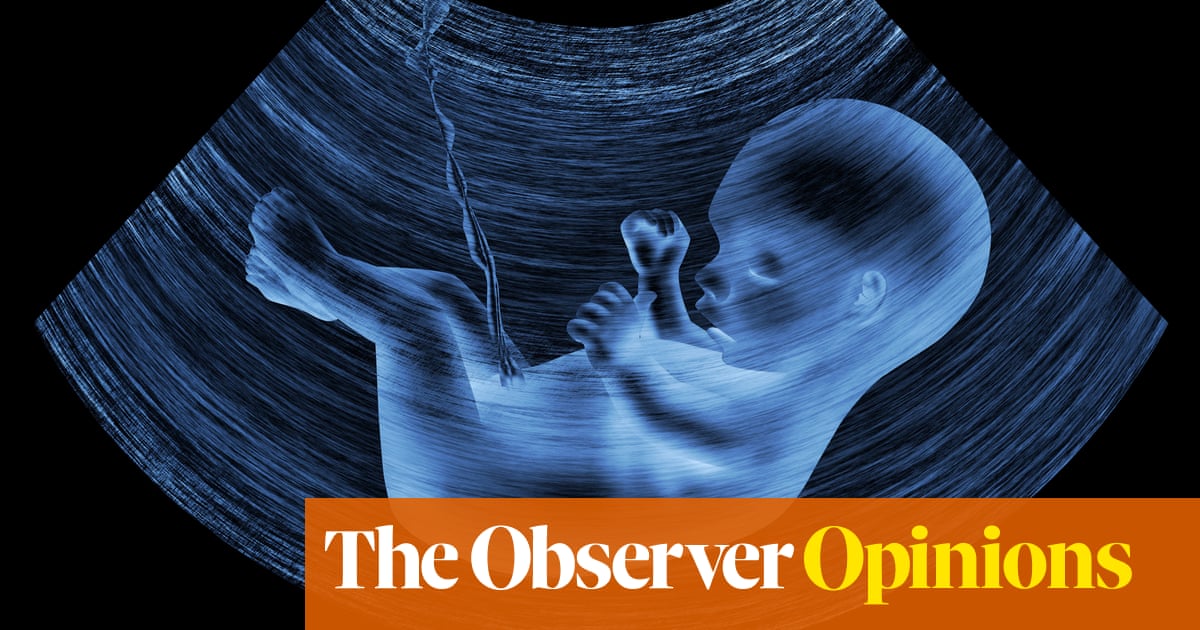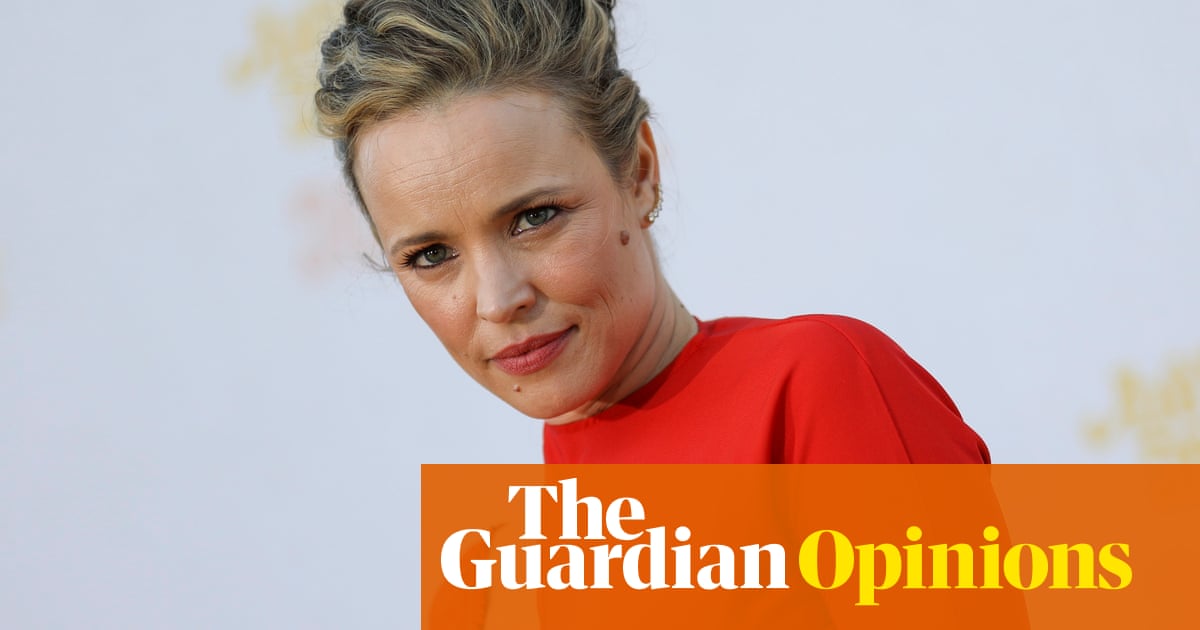
A design project envisions a museum, sound-therapy space and amphitheater where the deadly explosion occurred in 2020
Sultan El-Halabi was inspired by New York’s 9/11 memorial to imagine a place of remembrance for Lebanon
DUBAI: For Sultan El-Halabi, Aug. 4, 2020, began like any other day in Beirut. He was driving with his mother from their hometown of Chouf to the Lebanese capital, where they checked into a sea-facing hotel to rest.
But shortly after 6 p.m., El-Halabi’s mother said she felt a strange rumbling sensation. El-Halabi crossed the room to the balcony to investigate the cause when all of a sudden, the entire window frame flew off, collapsing right in front of him. They were both lucky to escape uninjured.
“No one could have expected that to happen,” El-Halabi, a 23-year-old architecture graduate, told Arab News from his base in Dubai, more than a year on from the Beirut port blast — a disaster that killed over 200 people and left some 300,000 homeless.
“I remember the view of the city afterward. They were warning people at the hotel to stay indoors because acid or chemicals could be in the air. The sky started changing color. It was more reddish. It was like a war zone. Everything, in just one second, was completely gone.”
More than a year later, the scars remain visible on the city skyline. What is less visible are mental scars the blast has left on those who survived and who lost homes, businesses and loved ones.
“In Lebanon now, you should just live your day as if it’s your last,” El-Halabi said. “Always stay connected with your loved ones because you never know what could happen.”
The tragedy motivated El-Halabi to base his senior graduation project at the American University in Dubai on restoring the devastated port, transforming it into an accessible, multi-functional and job-creating site that can be “given back to the people.”
His project, named “Repurpose 607,” envisages replacing the five damaged warehouse plots with a memorial museum, a sound-healing therapy space, an amphitheater and an underground parking area.
The site would also feature a library, offices and a cafe, while a raised, circular footpath would offer visitors an overview of the port.
Flooded with natural light, the sound-healing therapy building would offer meditation and cognitive behavioral sessions to help those suffering with post-traumatic stress disorder as a result of the blast.
“For many people, until this day, if they hear a slight bang or any weird noise, they would always refer to the explosion or take cover,” El-Halabi said. Sound therapy could help many traumatized Beirut residents find calm and closure.
The proposed memorial museum would include a timeline of Beirut’s history up until the day of the blast and the names of its victims engraved on a large triangulated stone.
El-Halabi likens this tribute to how Americans honored the dead in New York following the 9/11 terrorist attacks.
“They did not rebuild where the Twin Towers were located,” El-Halabi said. “They dedicated that plot of land to the people and they transformed it into a beautiful memorial place to make sure that people’s memories would live on forever. It kind of inspired me to do something similar, but for Lebanon.”
The proposed site would have pedestrian paths as well as greenery and seating areas to offer space for quiet reflection away from the city traffic. A basement area would also be built to include a gallery for Lebanese artists to showcase their work.
Aesthetically geometric and bold, it is a place designed to benefit the people, to help them “to overcome the trauma and for them to see the beauty in the site rather than always fearing it,” El-Halabi said.
In his design, only one crucial element of the site remains untouched and preserved — the massive grain silos, which experts claim shielded the city from further damage. “It symbolizes strength and empowerment,” El-Halabi said. “It’s proof to the world that we could overcome any obstacle that we face.”
The young architect acknowledges it could take time for traumatized residents of the Lebanese capital to feel emotionally ready to visit a renovated site. “Of course it could be controversial,” El-Halabi said.
“Many people have different opinions and you can’t change them so easily. Everyone has their own freedom to view things the way they’re supposed to. But, I am able to at least enlighten them with the advantages behind this proposal.”
As a student embracing cutting-edge digital technology, El-Halabi admired the ideas of pioneering architects like Antoni Gaudí and Frank Gehry, and especially Santiago Calatrava, who designed the falcon wing-shaped UAE pavilion at Expo 2020 Dubai.
Having lived almost all of his life in Dubai, El-Halabi says he has also been heavily influenced by his ever-evolving urban surroundings — considered one of the world’s most dramatic and experimental cityscapes.
“It all started with dunes,” he said, reflecting on Dubai’s astronomical growth over recent decades. “They were able to convert the UAE into a heavenly place. It inspires me a lot. It shows that, in such a short time, nothing is impossible.”
He also subscribes to the notion that architecture is more than its stylistic elements, and should ultimately work to enhance people’s lives.
“It’s about finding the missing satisfaction of what people need and trying to provide it to them,” he said. “Architecture is more than just designing or placing a building. You need to take into consideration the people and provide facilities for them. It also needs to fit in perfectly with its surroundings.”
In October last year, as part of Dubai Design Week, “Repurpose 607” was among 60 submissions that made it to the MENA Grad Show, where graduates from across the region present their “design meets purpose” projects that address social, health and environmental issues.
Carlo Rizzo, the show’s 2021 edition editor, praised El-Halabi’s project, describing it as one of the “top entries.”
“Repurpose 607 struck me first of all for its empathy,” Rizzo told Arab News. “It’s an architectural solution that goes well beyond architecture. It looks at the built environment as a platform for building resilience in our communities and takes mental health and wellbeing as a starting point.
“To remember the victims and transform the site into a place of healing is not just a clever and thoughtful idea, but an urgent solution addressing a very real need.”
El-Halabi, who currently works for a Dubai-based architectural firm, still hopes to see his Beirut port project brought to life some day.
“I’ve been to Lebanon two times since the explosion,” he said. “Every time I pass by the port, I always picture how it would look in real life, trying to see my project being built there. It could have potential.”
Twitter: @artprojectdxb












